Who is Escoffier?
Georges Auguste Escoffier created the kitchen brigade system. After serving in the French army, he brought his military hierarchy experience to a hotel kitchen in the 1800s to establish a kitchen hierarchy. The goal of the system was to streamline the kitchen duties and facilitate in the prevention of chaos.
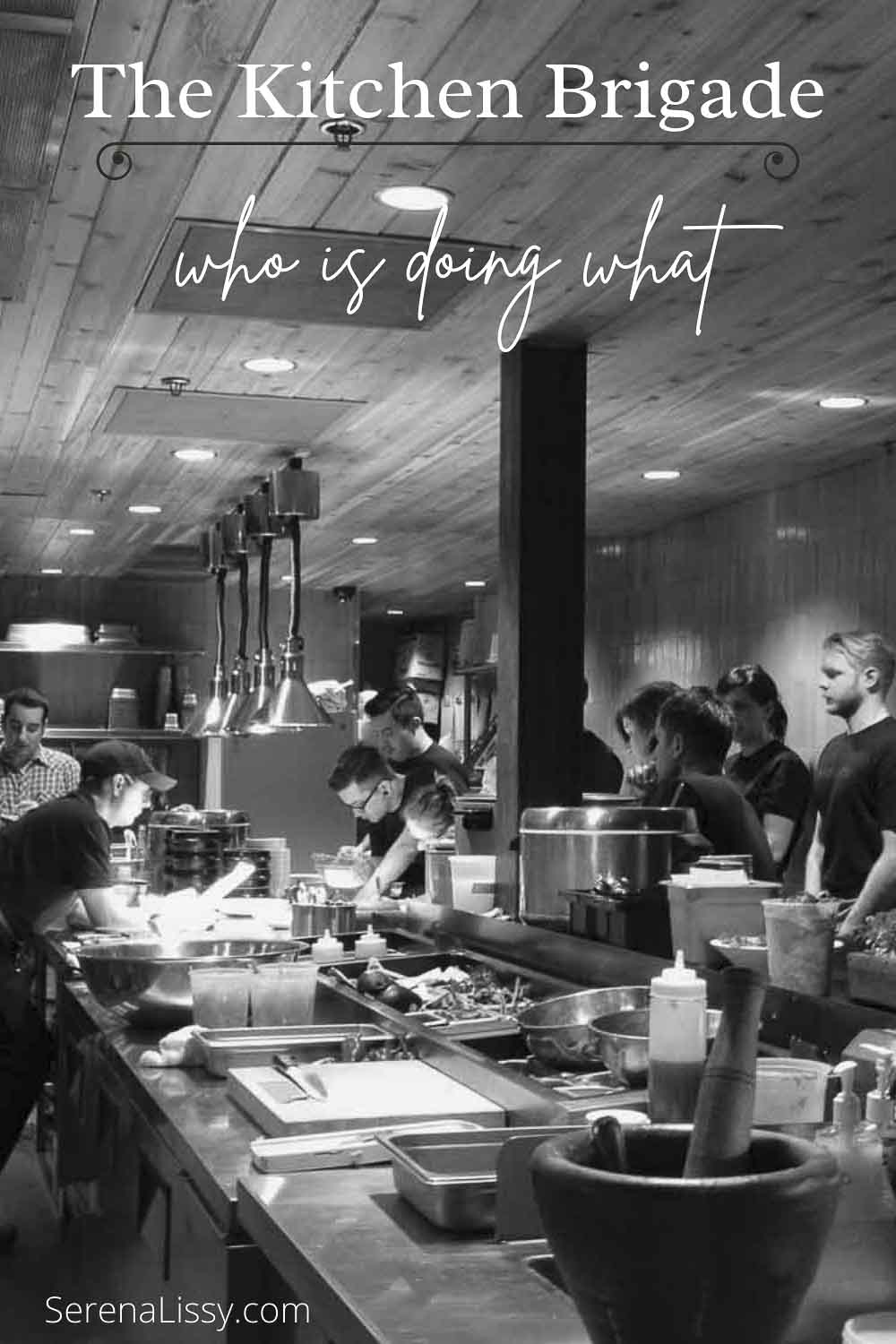
The Mother Sauces
Another thing you may not know about Georges Auguste Escoffier is that he created the five French mother sauces. These sauces serve as the staring point for most sauces. The five French mother sauces are béchamel, velouté, espagnole, hollandaise, and tomato. The five sauces are all equally important for your cooking repertoire, and they all have their own special uses. They're simple to make with a few ingredients (mostly flour, butter, and some sort of liquid) and a couple easy techniques. This is the reason I love Escoffier, a good béchamel has such a special place in my heart!
History of the Kitchen Brigade System
During the 1800s grand sized hotels started to become popular, requiring grand sized kitchens to feed all the patrons. Without organization of the larger staff, chaos might have ensued. Escoffier created a hierarchical system to aid in the daily production of food. Every station in the restaurant was identified and cooks were put in each place.
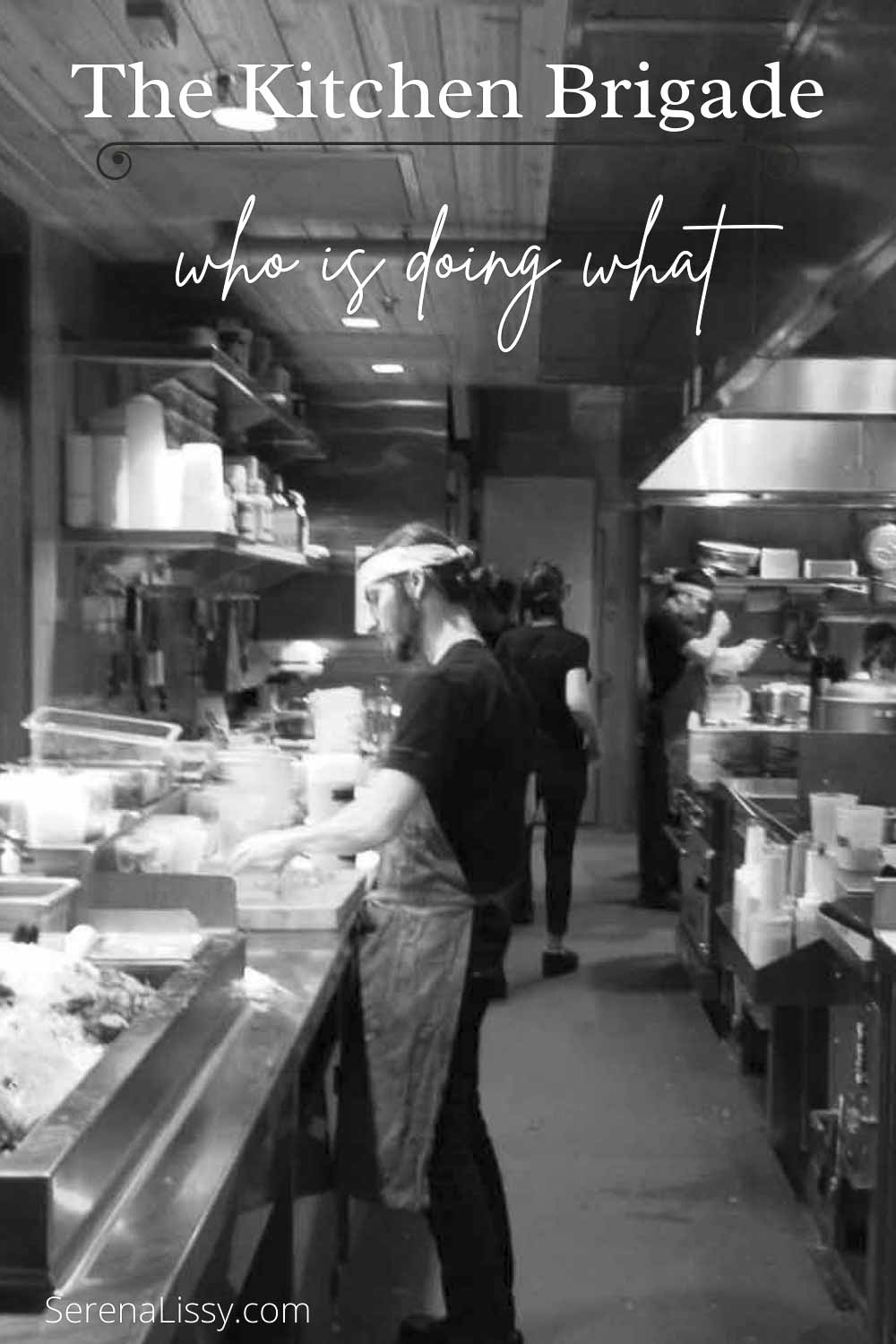
Over the years, kitchens and budgets have gotten smaller, and labor prices are much higher. Escoffier's system supports scaling to match any kitchen's needs.
Modern Day System
To make a comparison of this with today's restaurants, I went to a local Austin restaurant. They had an open, theater style kitchen and I ate my meal at the chef's counter seating, where I had a front row view to observe all the kitchen happenings. In today's culinary kitchen brigade, it is quite difficult to determine who does what. We have definitely mastered the fine art of multiple jobs from one person. From what I could see, I knew they had an Executive Chef, a Chef de Cuisine, and a Chef Patissier. I could also guess they had a Sous Chef, Chef Garde Manger (pantry chef, in charge of cold salads, appetizers, etc), A Chef Poissonier (Fish Chef), A Chef Grillardin (Grilled foods) and possibly a Chef Friturier (Fried items). It also appeared they had a few Commis (apprentices) and kitchen assistants.
Even in an open kitchen where you can see what everyone is doing, it's hard to tell exactly what is their specific job. If you just saw the photographs from the restaurant could you identify what each person does in their brigade?
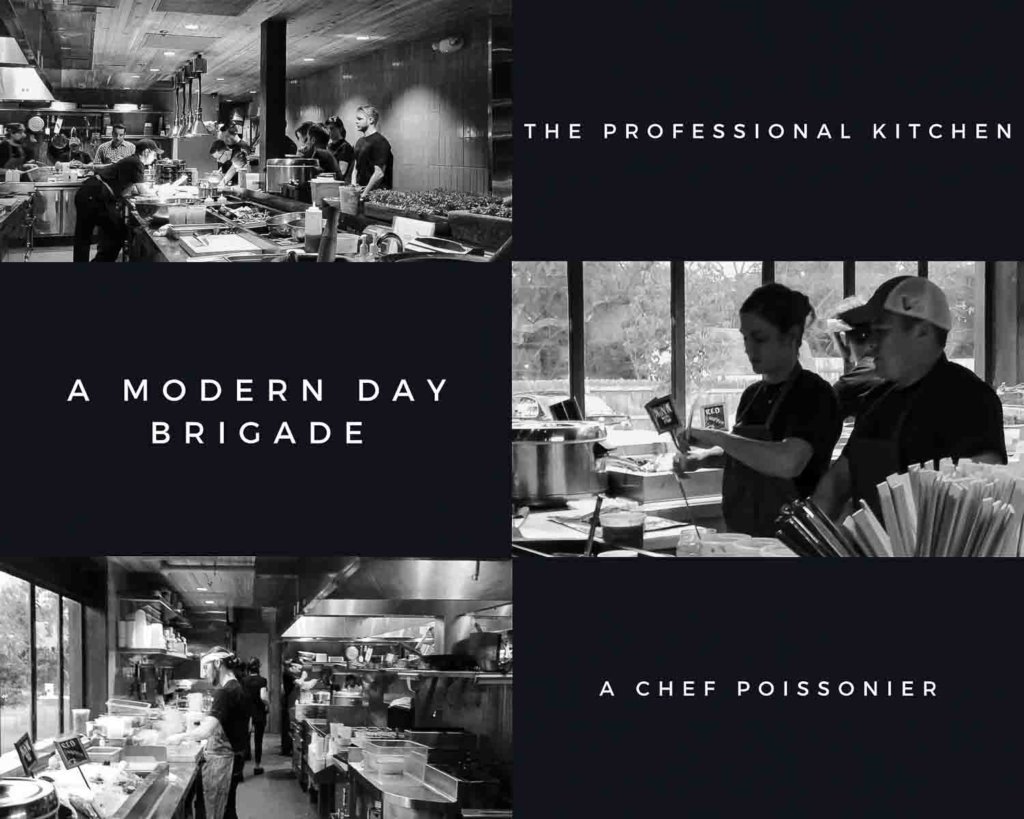
When I attended culinary school, I was taught about the history of classical French cooking. However, the classes themselves were more likely to use some type of abbreviated version of this system because modern kitchens have less space and need a higher level of specialization. If you take a look at the Organization Chart that Lucky Peach Magazine had back in 2015 one can see that there are a lot of people doing a lot of things in the kitchen.
Kitchen Brigade Organization Chart
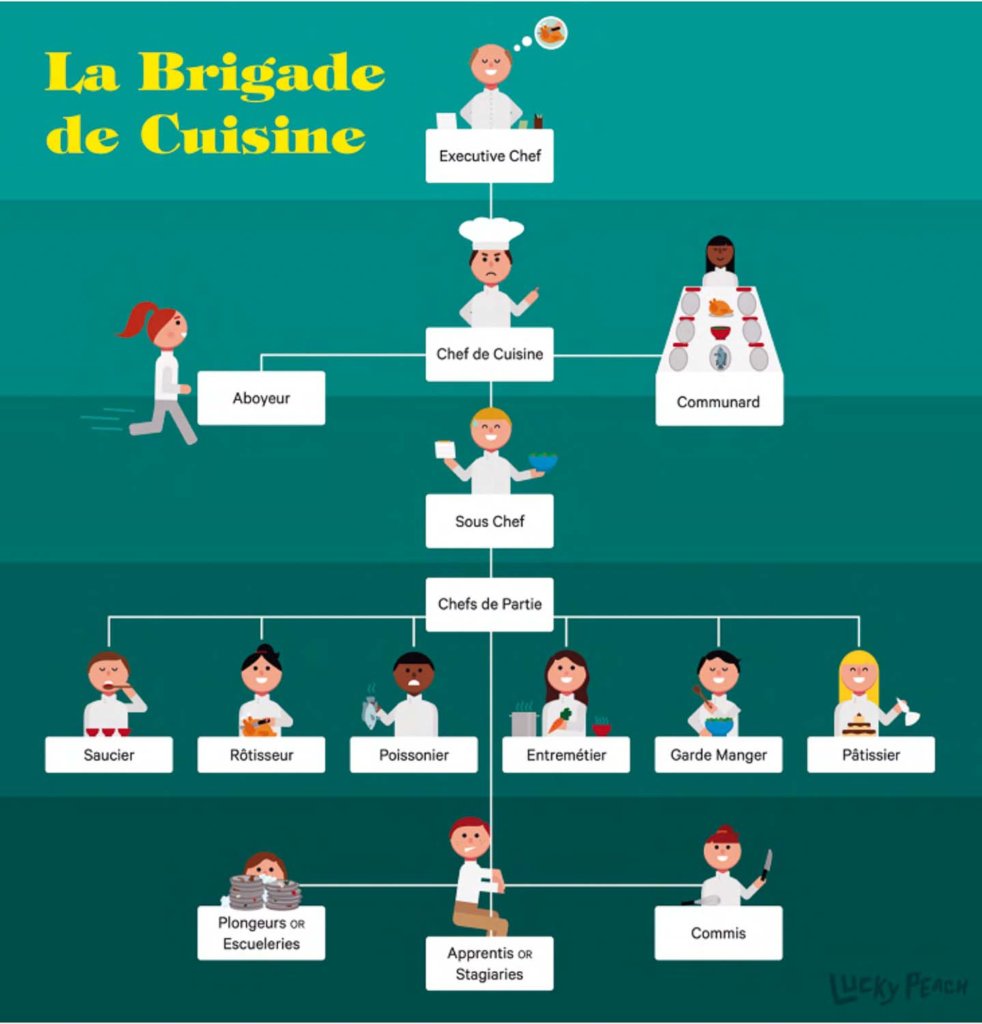
But we all know times have changed, and restaurant kitchen staff structure are now much smaller and more specialized based on cuisine offered. This Kitchen Family Tree could look different by restaurant. What's most important is the established clear hierarchy in a kitchen to maximize the efficiency of the workers.
Modern Day Kitchen Brigade

There are many other positions possible in a kitchen, and there are also duties that have not been covered here, such as dishwasher and others, that are needed for the functioning of a busy kitchen. This is just a sampling of how times have changed in the kitchen and what they have become as processes and size are streamlined.
Looking For Recipes?
Subscribe to my free newsletter to get new baking tips in your inbox monthly. Find me sharing new recipes and tips on Pinterest, Instagram, or Facebook.
As an Amazon Associate and member of other affiliate programs, I earn from qualifying purchases. What that means is if you click on one of our affiliate links, they may toss a few pennies our way for a commission.


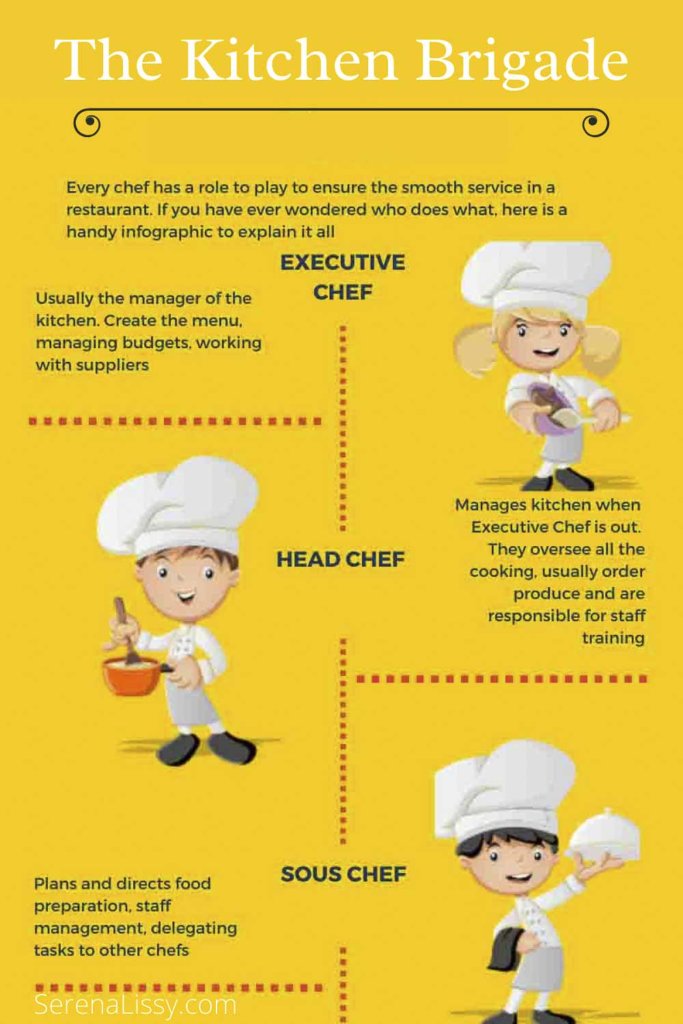
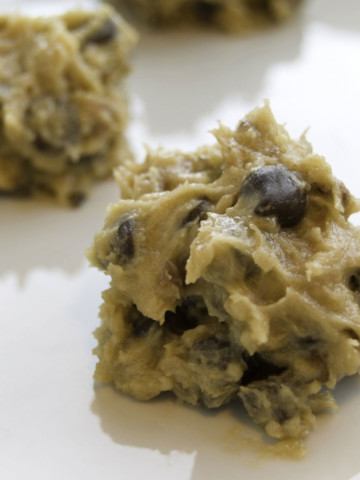
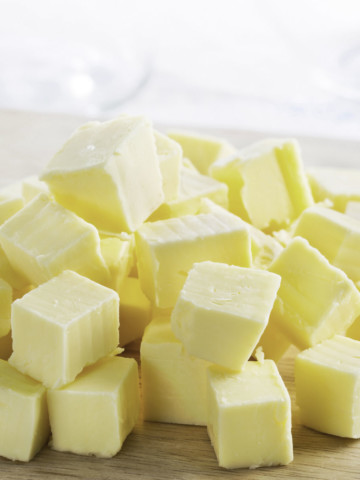


Leave a Reply